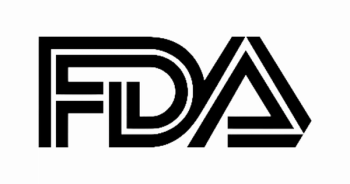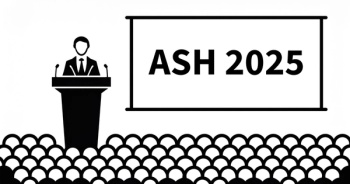
A Detailed Understanding of the DREAMM-1 Study
Sagar Lonial, MD, FACP:The DREAMM-1 study is a phase 1 study that was published by Dr Suzanne Trudel and was really one of the first studies evaluating the dose and efficacy of the antibody drug conjugate belantamab [mafodotin]. What we like about the DREAMM-1 study is that, again, it was a dose escalation study, and we quickly found that a dose of either 2.5 mg/kg or 3.4 mg/kg was in fact the active dose.
If you look at who was included in the study, any patient who had had 2 or more prior lines of therapy was eligible. If you look at the subset of patients that got the higher, more effective doses in aggregate, roughly 60% of patients had a response.
Now if you further interrogate the DREAMM-1 study with the more recent update, that percentage at the higher dose not only had a very high overall response rate, but the medium progression-free survival was somewhere between 11 months and 12 months, and that gave us a lot of excitement that perhaps this would be one of the single most active agents that we had in all of myeloma.
When you drill down a little bit more on this and look at patients who are in fact resistant to daratumumab, so who had 5 prior lines of therapy, including daratumumab, the response rate is somewhere in the mid-30s, so not quite as high. The duration of remission, or PFS, is about 6 months. Again, the more heavily pretreated you are the more likely you are to be resistant to treatment across the board, and this was certainly the case from the DREAMM-1 study as well.
When you look at adverse events for the DREAMM-1 study, there were 2 that really jump out as being important. The first is myelosuppression: suppression of the blood counts, the white count, and the platelet count in particular. There were not many grade 3, grade 4 myelosuppression issues, but certainly suppression of the white count and the platelet count was a factor that was noted in that study.
The other adverse event that was noted was corneal toxicity. This is known to be associated with the immunotoxin, MMAF [monomethyl auristatin F], which is the drug conjugate part of the molecule. MMAF is known to cause some level of corneal toxicity, and that can result in tearing or blurred vision.
What we learned about this is that with dose interruption or dose modification almost every patient on that study had resolution of their visual issues back to normal baseline. In fact, in partnership with an ophthalmologist who works very closely with you as the oncologist, you can actually begin to anticipate some of those adverse effects through very close ophthalmologic exam by your eye doctor partner, and can actually prevent some of those adverse effects again with close partnership with ophthalmology.
For patients who get either significant thrombocytopenia or corneal toxicity, which in most cases is grade 1 and grade 2there are rare grade 3 cases of corneal toxicity—the first step is to hold the dose and allow that to resolve back to grade 1 or better. Once that has happened you can then reduce the dose from 3.4 mg, which is what was used in the DREAMM-1 study, down to 2.5 mg, or a subsequent dose reduction as well. That’s not uncommon in the DREAMM-1 study. In fact what’s really interesting about this approach is that even with dose interruptions, you saw responses were sustained even withholding the drug, which suggests that this unique action of targeting BCMA [B-cell maturation antigen] may actually be effective even when you have to hold the dose for adverse events.
Transcript edited for clarity.









































